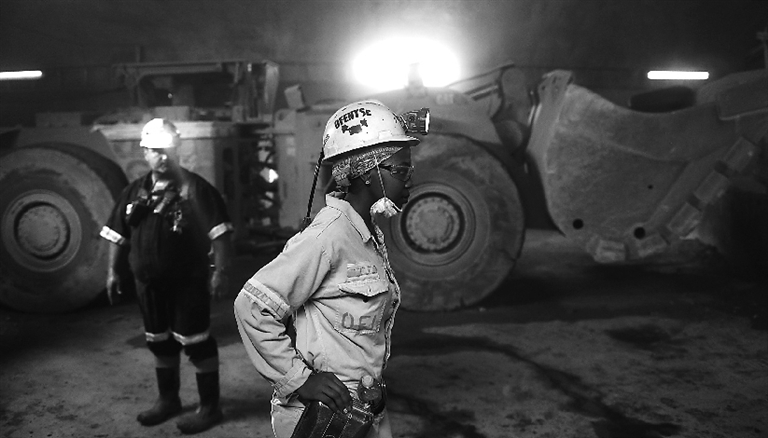
THE owner of one of the world’s most famous diamond mines could be about a decade away from clearing its multi-million-dollar debts, in a sign of the struggles facing an industry assailed by synthetic rivals and uncertain demand. Petra Diamonds bought Cullinan in 2008, aiming to breathe new life into the South African mine renowned for yielding the largest rough gem diamond ever found — 3,106 carats — and being the world’s main source of rare blue diamonds. The London-listed miner, which acquired Cullinan from industry leader De Beers, borrowed heavily to revamp the facility and began mining a new section of ore last July. Petra said its debts from the mine stood at around 65 percent of its overall US$650 million in borrowing, which would represent about US$420 million. Cullinan’s general manager Juan Kemp added that it could take “between five and 10 years” from the opening of the new section to clear the debts related to the mine. That goes beyond the 2022 maturity of Petra’s bond notes. The company said it expects to generate free cash flow this year — a target it had hoped to reach in 2017 before being derailed by strikes and construction delays — and start reducing its debts. Kemp said one thought kept him awake at night: “When will we get that next big stone?” Jacques Breytenbach, Petra’s finance director, said pricing at Cullinan was variable from one period to the next, and that the market tended to be weaker at the end of the calendar year due to destocking. An increase in diamond tenders in the second half of Petra’s financial year would make a big difference to cash generation, he said. The miner’s difficulties reflect in part the problems facing the industry — which often takes years to recover huge investments — including new competition from synthetic diamonds and sluggish demand, especially for small stones. In a sign of the times, De Beers, owned by Anglo American, last year abandoned its decades-old policy of refusing to sell man-made diamonds as jewelry. Man-made diamonds require less investment than mining natural stones and can offer more attractive margins. Synthetic producers spend around US$300-US$500 per carat produced, according to a 2018 report by Bain & Co. De Beers’ lab-grown diamonds sell for US$800 per carat. Petra has to shift 20,000 tons of earth at Cullinan to yield one cup of diamonds, at an average cost in the first half of their financial year of US$55 per carat, leaving it with a margin of US$41 per carat. Industry experts say synthetic production accounts for a small percentage of the market, but is growing fast. De Beers is investing US$94 million over four years to build a U.S. factory that will churn out 500,000 carats a year, for example, while Chinese producers are stepping up output. Prices are also under pressure. Diamond miners say sales are seasonal and fall off after the Christmas rush, but the industry’s giants have nonetheless reported weaker prices. (SD-Agencies) | 
